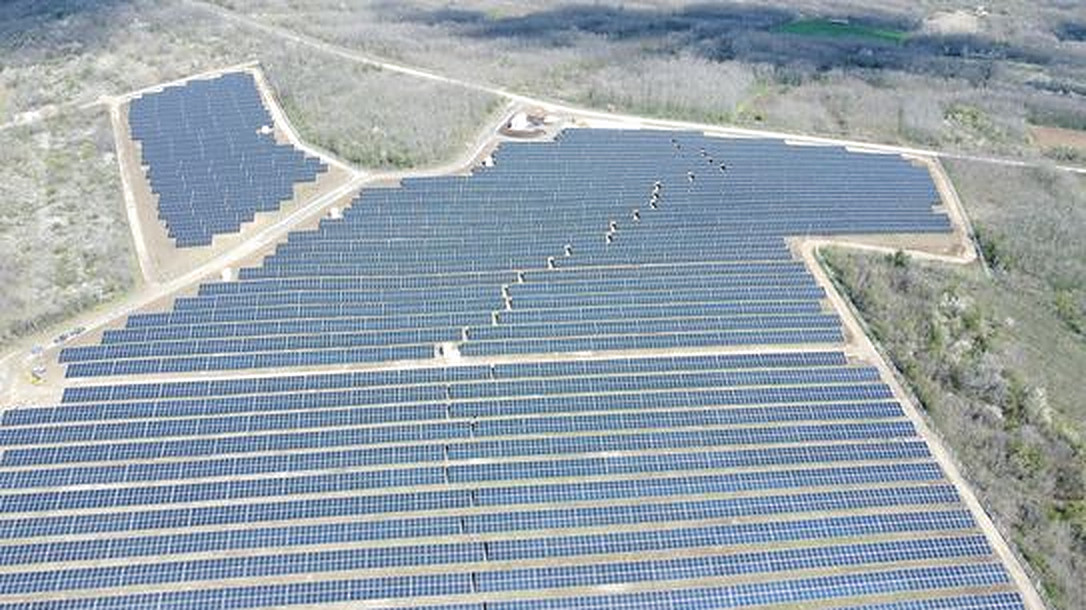In its first renewable energy auctions, Serbia plans to allocate premiums for wind farms with a cumulative capacity of 400 MW and solar plants with a total capacity of 50 MW.
The ceiling prices at the upcoming auctions have been set at €105/MWh for wind farms of more than 3 MW in capacity and at €90/MWh for solar projects of more than 500 kW in size. State-owned utility Elektroprivreda Srbije (EPS) will act as the sole off-taker on these projects.
The wind quota was initially determined in December 2021, but no tender took place in the meantime. Now, the first wind auction is expected to take place this month, as announced by Energy Minister Dubravka Djedovic in May.
The successful bidders will be subject to the newly adopted balancing responsibility contract model, under which they will be obliged to pay surcharges to EPS for deviations in forecasted output. The amount of the surcharges will be determined according to the prices on the day-ahead market, the government said.
The auctions will be organized with the financial backing of the European Bank for Reconstruction and Development (EBRD). In March, the EBRD approved a financing package of €300 million to EPS to accelerate wind and solar rollout and help deliver on the country's ambition to phase out coal by 2050. The bank has been assisting the Serbian authorities with the development of the renewables auctions since 2020.
No date has been set for the solar auction yet. However, the government said it expects “fierce competition” since there are already more than 100 MW of solar plants with generation licenses in the country at this stage.
Popular content
According to the government data, Serbia currently has 23 operating solar projects. The country’s largest solar plant, the 9.9 MW DeLasol PV project, was switched on in Lapovo, central Serbia, in April.
In May, the Serbian government said it was on a lookout for strategic partner to develop at least five PV plants with a cumulative capacity of 1 GW/1.2 GWh and at least 200 MW/400 MWh of battery energy storage. The facilities are to be built within four to five years, while the contract with the strategic partner, which will be chosen in a tender, will cover a period of six to seven years.
Serbia aims to deploy 8.3 GW of PV by 2024, according to a draft plan released by the government last year. According to the document, utility-scale PV projects could be built on 200,000 hectares of neglected, low-value agricultural land that could host 2 GW of solar.
The draft also outlines the construction of around 300 MW of PV plants, valued at €200 million on land owned by EPS – primarily on its coal ash dumps. Most of the solar capacity envisaged under the 2022-24 draft is supposed to come from rooftop PV.
This content is protected by copyright and may not be reused. If you want to cooperate with us and would like to reuse some of our content, please contact: editors@pv-magazine.com.



4 comments
By submitting this form you agree to pv magazine using your data for the purposes of publishing your comment.
Your personal data will only be disclosed or otherwise transmitted to third parties for the purposes of spam filtering or if this is necessary for technical maintenance of the website. Any other transfer to third parties will not take place unless this is justified on the basis of applicable data protection regulations or if pv magazine is legally obliged to do so.
You may revoke this consent at any time with effect for the future, in which case your personal data will be deleted immediately. Otherwise, your data will be deleted if pv magazine has processed your request or the purpose of data storage is fulfilled.
Further information on data privacy can be found in our Data Protection Policy.